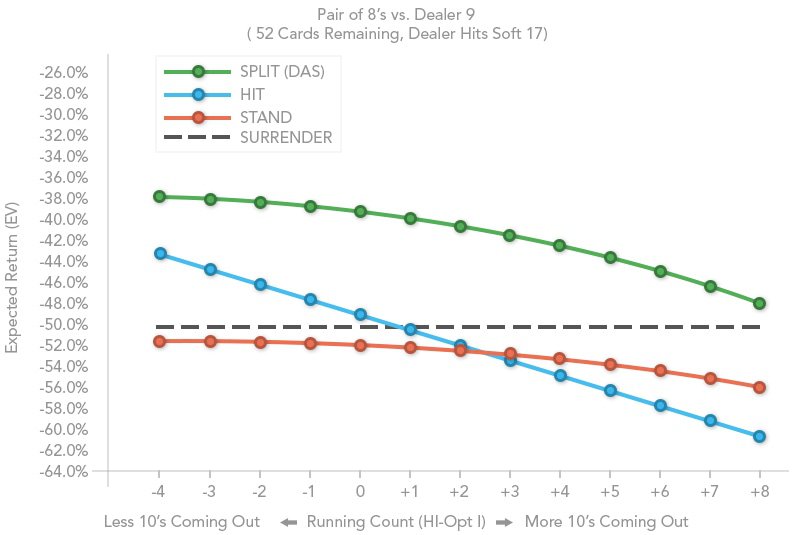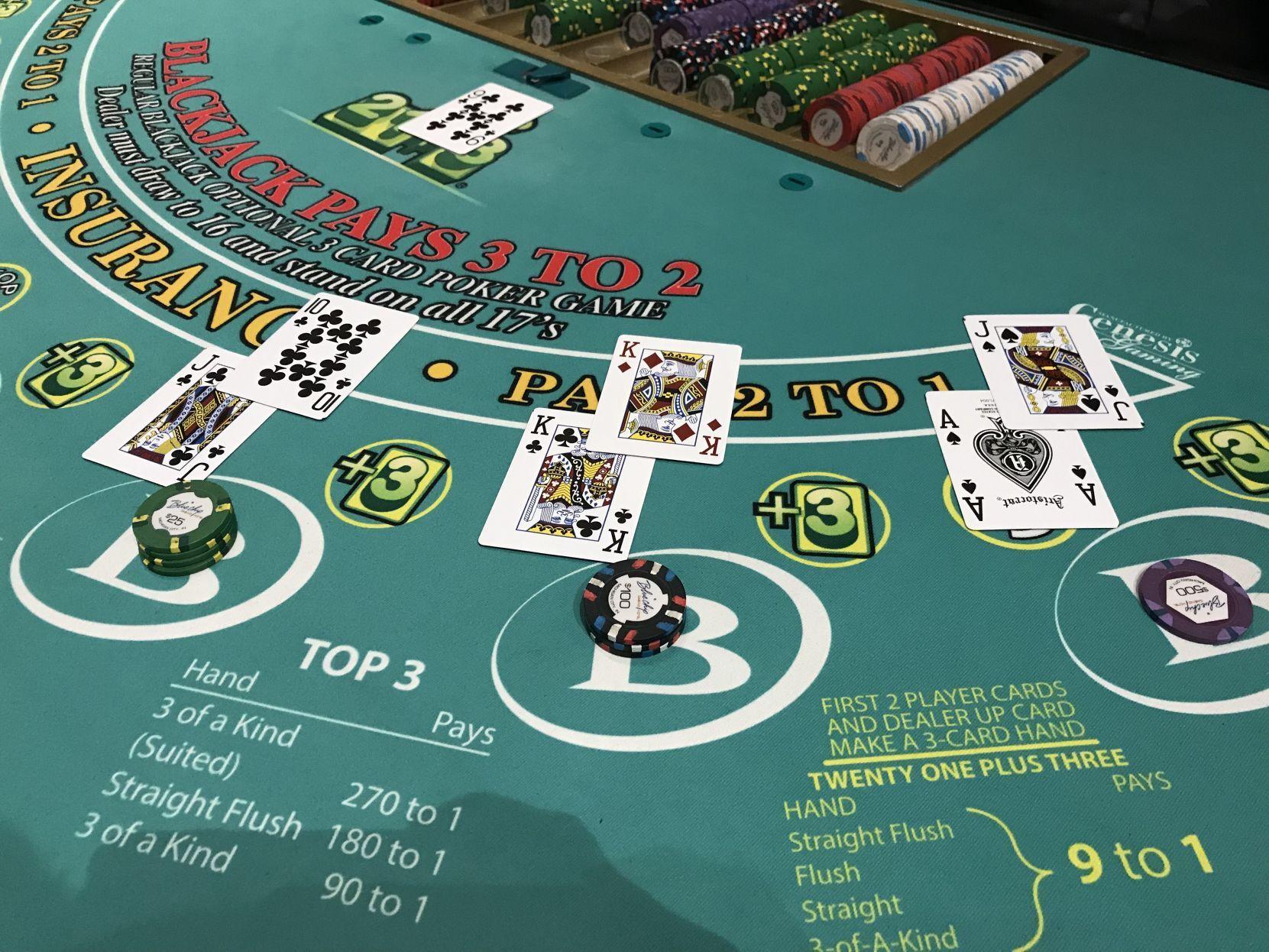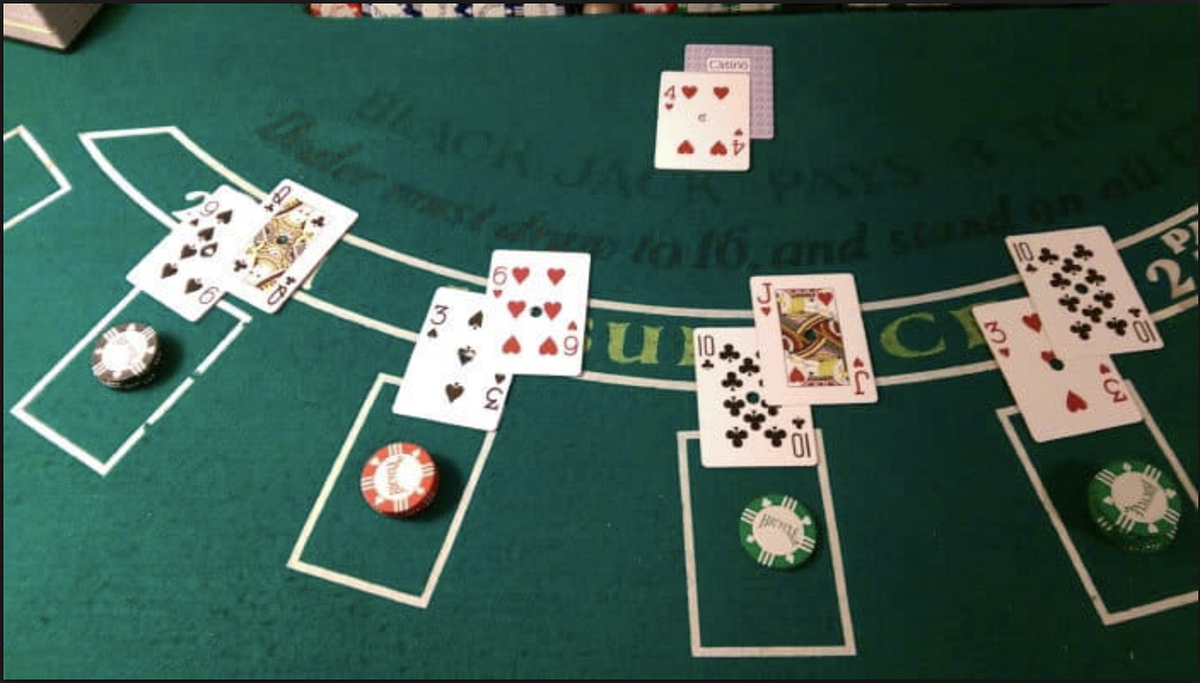Blackjack Dealer Soft 16
Some examples of a hard 16 would be 10-6 or 5-7-4 or 7-8-Ace. The correct basic playing strategy for hard 16 is to stand when the dealer shows a small card (2 through 6) and hit when the dealer shows a high card (7, 8, 9, 10, or Ace). Hit, and your soft 16 is nearly a breakeven hand with an average loss of only eight-tenth s of a percent. By standing on soft 16, the player at my table turned a nearly neutral hand into a just another awful 16. 10: The average loss is 54.0 cents if you stand, and that’s reduced to 21.0 cents if you hit.
Blackjack Dealer Soft 17
There is a rule in blackjack that says you should never risk busting your hand when the dealer shows a weak upcard (weak meaning a 2 through 6 because the dealer could break with a one-card draw). That may be true for most stiff hands (meaning, a hard 12 through 16) but it’s not the case when you are holding a 12 against a 3.
Blackjack is a negative expectancy game, meaning you will lose money over time as the casino has an edge over you. If you want to lower that edge, then your best bet are the different blackjack charts found below.
The house edge in Blackjack is 8%. If you’re an active player that number will add up over time. The best (and only correct) mathematical strategy for achieving optimal play is to use a blackjack chart.
Blackjack Dealer Soft 16 Double
Example not using a chart: Alfred is a recreational player who doesn’t make use of a strategy. If he wagers €10.000, he is expected to lose €800.
Example using a chart: Nicholas plays with a goal, aiming to achieve perfect play by using a blackjack chart. If he wagers €10.000, his expected loss can be as little as €20.
Question is, which one of these players are you?

How to Use the Strategy Charts
The blackjack strategy charts list the player’s two-card hand total and a possible multi-card hand total as a result of hitting a previously different hand one or more times. (In other words, play the multi-card hand as if it were an original two-card holding.)
For example, suppose you are dealt a 9-3 against a dealer’s 2 upcard in a six-deck game with Soft 17 and DAS. The strategy charts and tables state “hit.” You draw a 3 and you now have 15 against a dealer’s 2. If you look up the strategy for 15 against a 2 (table or chart), it states to “stand” against a dealer’s 2. And so you should stand.
For soft hands, since you can’t double down on more than two cards, any total that would have resulted in a double down, were it only two cards, now must become a hit or stand decision.
For example, suppose you are dealt an A-3 against a dealer’s 4 upcard. You hit (per the blackjack chart or table), and draw a 4. You now have A-3-4, which you should consider as A-7. If it were a two-card A-7, you would double down against a 4; however, since the A-7 is actually three cards, and you can’t double down, you stand.
Here’s another situation that could occur with pairs if the casino rules either don’t allow resplits, or if they do, but you have split up to a maximum of four hands. For example, suppose you are dealt a pair of 6s, the dealer’s upcard is a 6, and the rules don’t allow resplits. You split the 6s and on one 6 you draw another 6. Because you can’t resplit, you once again have to consider just the total of the hand (12) against the dealer’s 6 upcard and decide whether to stand or hit (for which, in this example, the blackjack strategy charts and tables state to stand). Suppose instead the casino rules allow resplits and you draw two more 6s, giving you four hands, each one starting with a 6. On one (or more) of the 6s you draw yet another 6 (which could occur in a multi-deck game). Since you can’t split again, you must consider this hand as a 12 against a dealer’s 6 to determine how to play it.
Another point to keep in mind is that the strategy in the following tables and charts (also known as blackjack strategy card) does not consider the composition of the cards in the hand. For example, the strategy charts and tables state that you should hit hard 16 against a dealer’s 10 (assuming surrender is not offered), regardless of your 16 is composed of 10-6 or 8-4-4.
Single-Deck Blackjack Game
Dealer Stand on Soft 17, DAS Chart

Dealer Stands on Soft 17, NDAS Chart
Dealer Hits on Soft 17, DAS Chart
Dealer Hits on Soft 17, NDAS Chart

Double-Deck Blackjack Game
Dealer Stands on Soft 17, DAS Chart

